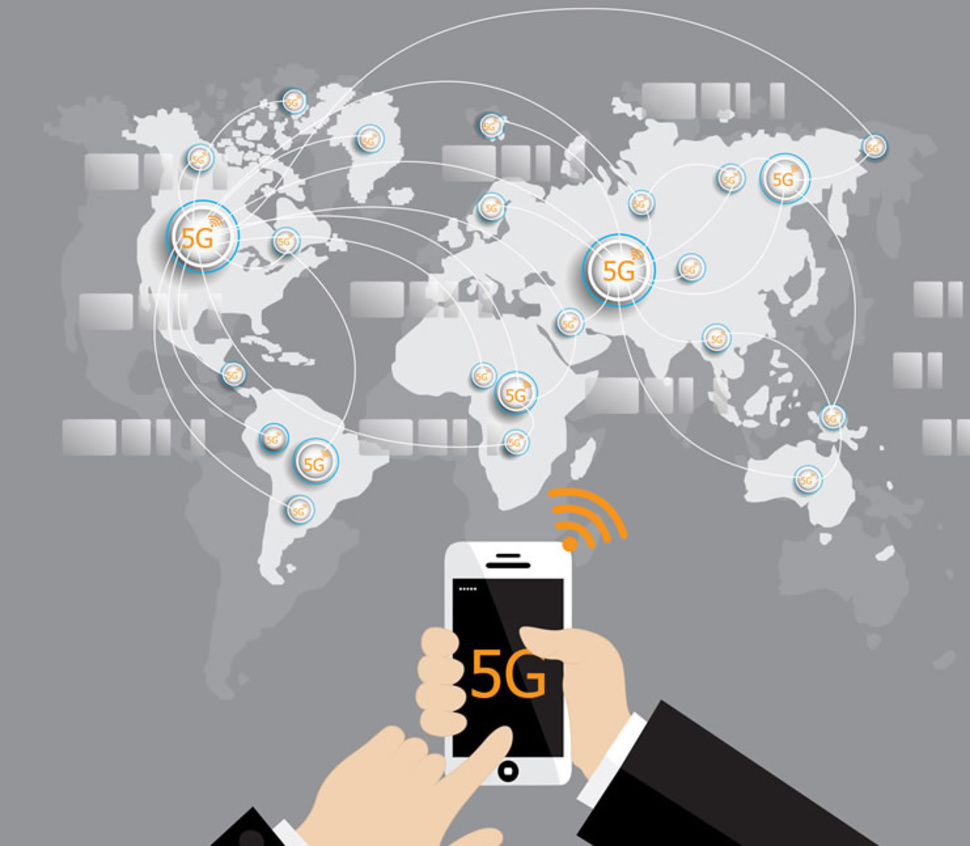These days we tend to take the speed and efficiency of 4G cellular for granted. Occasionally, we find ourselves back on 3G or (perish the thought) the old E for Edge. It feels like going back in time, as it is.
Even 3G, once the benchmark for cellular connectivity, is now painfully slow by comparison with 4G. However, even better things are on the horizon. We’ve all heard that 5G is soon to come on line. But what is it about and what difference will it really make?
So far I’ve been really hazy about the potential benefits of 5G but this article at Pocket-Lint gives us a very clear and concise overview of the new standard and what we can expect when the first handsets arrive in 2019.
In addition to its speed delivery of between 10 and 100Mbps, 5G promises higher consistency with no denigration of speed as more people are connected at the same time. It will run on a new high-spectrum band which will be much less congested than the current 4G bands. As the article explains, though, a major benefit of 5G will be extremely low latency which ensures much faster response times. Already Qualcomm has produced the first commercial mobile 5G modem chip, due to appear in phones from 2019 — including, I hope in the iPhone. It will be capable of download speeds up to 5Gbps which is 400 times faster than current 4G modems.
5G will provide more seamless operation and an experience akin to working on a home network where we tend to get on with things and not worry about the signal. It will also usher in a new generation of connected laptops. For years I’ve been looking forward to a time when a travel notebook, such as the current MacBook, can use used anywhere without having to worry about wifi hotspots or needing to connect to a phone hotspot.
In time, as the article says, 5G will become a service that just happens, where we can carry on working wherever we happen to be.
_____________
- Subscribe to Macfilos for free updates on articles as they are published
- Want to make a comment on this article but having problems?

